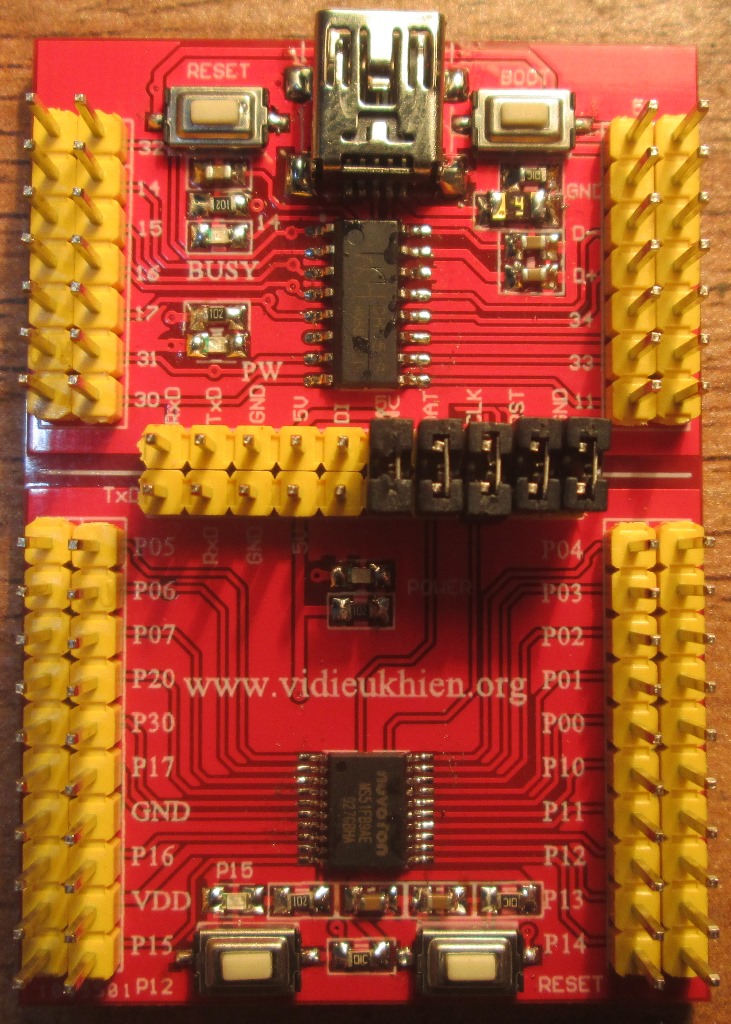
- #SPI SERIAL FLASH PROGRAMMER SCHEMATIC CAPTURE SERIAL#
- #SPI SERIAL FLASH PROGRAMMER SCHEMATIC CAPTURE DRIVER#
- #SPI SERIAL FLASH PROGRAMMER SCHEMATIC CAPTURE SERIES#
#SPI SERIAL FLASH PROGRAMMER SCHEMATIC CAPTURE SERIAL#
Here is a brief comparison between serial communication and parallel communication protocols. Here is an animation that shows you how parallel data transfer is done.Īs you might have noticed, it takes only 1-clock to transfer the data from a transmitter device to the receiver! Frankly speaking, we can theoretically transfer any number of bits (or bytes) using parallel communication protocols in a single clock cycle at a time. As I’m connecting a couple of 4-Bit registers, via the 5-wire parallel bus (4-data pins + 1-clock). And conversely, parallel communication is the process of sending multiple bits, even bytes, as a whole in a single clock cycle.Ī very basic implementation, that you can create on your own, for the parallel data transfer is shown down below. Serial VS Parallel CommunicationĪs we’ve stated earlier, serial communication is the process of sending data each bit at a time (bit-by-bit). We’ll be working with the UART protocol in this tutorial, which has a decent steep learning curve. Which includes, various data transmission rates, error detection, and correction mechanisms, and much more that adds to the overall complexity associated with each protocol. In fact, there are some other options and configurations for each serial communication protocols.

However, it’s not everything you should know about serial communication or at least to the level of being able to implement a simple serial data transfer process. This is simply the short answer to the “How Serial Communication Works?”.

Each clock, a bit is sent from the transmitter TX pin and received by the receiver’s RX pin.Īs you might have noticed, it takes 4-clocks to send the 4-Bit data from the transmitter to the receiver. The serial bus consists of a couple of wires (data, and clock). One at the transmitter device and the other at the receiver device. In the following animation, I’m connecting a couple of 4-Bit shift registers. Frankly speaking, serial communication is as simple as connecting a couple of shift registers together! Connecting the data output of a shift register to be the data input of the other shift register enables us of sending digital data serially from an end to another! Well, now you should know how shift registers are actually working. Here is an animation for an 8-Bit shift register with a serial input & serial output data lines.
#SPI SERIAL FLASH PROGRAMMER SCHEMATIC CAPTURE SERIES#
For the same of simplicity, we’ll represent the shift register as a single block instead of a series of D-Flip-Flops as shown above. It takes only 1-clock to transfer a single bit, which means it takes 8-clocks for a single byte transfer. Here is a graphical animation that demonstrates how does a shift register work internally.Īs you might have noticed, the data input (0’s and 1’s) is being shifted from the input pin to the output end at bit-0. Shift registers are basically some D-Flip-Flops serially connected while sharing the same clock line. So, let’s dig deeper into a shift register in order to build up a complete understanding of what is actually happening at the Register(low)-Level. Shift registers are used to shift out the data to be transmitted bit-by-bit each clock cycle. Frankly speaking, serial communication protocols have Shift Registers somehow/somewhere in their hardware implementation as the working-horse (core). However, it turns out to be some similarity that they do share in common. There do exist many serial communication protocols, each of which is working in a different way. However, even if you transfer fewer data per cycle with a serial transmission, you can do it at much higher frequencies which results in higher net transfer rates than of the parallel communication. Conversely, parallel communication is known to be the process of sending several bits, even bytes, as a whole only in a single clock cycle. It takes a complete clock cycle in order to transfer each bit from an end to the other. In Embedded Systems, Telecommunication, and Data Transmission applications, Serial Communication is known to be the process of sending data one bit at a time (bit-by-bit) sequentially, over the serial bus. Serial Communication Introduction (Review) Component Name Buy On 2 PIC16F877A Add 2 BreadBoard Add 8 LED Add Add 1 Resistors Kit Add Add 1 Capacitors Kit Add Add 1 Jumper Wires Pack Add Add 1 LM7805 Voltage Regulator (5v) Add 1 Crystal Oscillator Add 1 PICkit2 or 3 Programmer Add 2 9v Battery or DC Power Supply Add Add Add

#SPI SERIAL FLASH PROGRAMMER SCHEMATIC CAPTURE DRIVER#


 0 kommentar(er)
0 kommentar(er)
